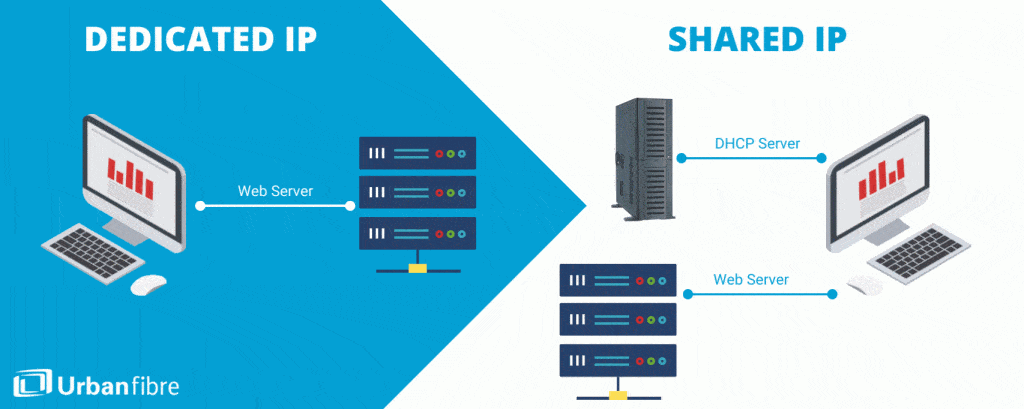And how you can claim your work hours back.

Imagine you’ve just hailed a taxi, and your driver insists on going 20km under the speed limit — even if there’s no traffic. Of course, you’d be frustrated. They’re driving up the fare and making you late, for no discernible reason! This lost time and money is noticeable because you’re physically in the car, but what other limits are impacting your productivity and aren’t so obvious? What about the speed of your network connection?
But you’ve had very little internet downtime, you’re almost always online, so surely this allegory is a bit dramatic…right?
Don’t get us wrong: uptime is important. But just like your metaphorical taxi is technically always moving, the slow speed is what costs you money and time. A study by OnePoll suggests that slow internet speeds amount to up to 38 hours of lost productivity hours per employee, per year.
This is less obvious, but very real inefficiency. Let’s look at the chart below to put this information into perspective for your business:
| Company Size | Lost Productivity Hours Per Year |
| 1-5 | 38–190 (4.75 weeks) |
| 5-25 | 190–950 (23.75 weeks) |
| 25-50 | 950–1,900 (47.5 weeks — one full-time employee) |
| 50-100 | 3,800 (95 weeks — almost 2 full-time employees). |
These numbers spell a very real anchor on your team’s productivity, especially when considering the worldwide cultural shift to online collaboration tools as a result of the pandemic. Cloud services like Zoom, Google Docs, Dropbox, and the connectivity requirements for these services are held back by low upload and download speeds.
Unfortunately, the damage isn’t limited to productivity hours, either. Internet lag and interruptions almost certainly have an effect on employee morale. I’m sure you’ve experienced the frustration yourself: a slow-loading webpage, or awkward sound delays in a video call on Zoom or Google Meet. Of course these breaks in focus take a toll. Nobody enjoys playing a game of “is the loading bar even moving…?” while trying to get things done.
So, is there anything you can do to claim back these lost productivity hours? Luckily it’s not all doom and gloom, here are two things you can do right now:
1) Switch to a fibre optic solution
Over fibre optic cables, data literally travels at the speed of light. You will instantly feel the difference in switching from a less-efficient technology. As a bonus, fibre optic cables aren’t vulnerable to electrical interference, unlike their copper counterparts.
2) Check your agreements
Let us let you in on a little secret: many providers are bound by their service level agreements, even us here at Urbanfibre. If your provider isn’t supplying the promised speeds, you may be entitled to some compensation.
In short: a slow internet connection may be costing you more than you’d think in terms of time and money, and looking into your options is definitely worth it. Switching to fibre optic can mitigate these issues but be sure to check your existing service agreement to see if you’re entitled to some compensation from your service provider.

